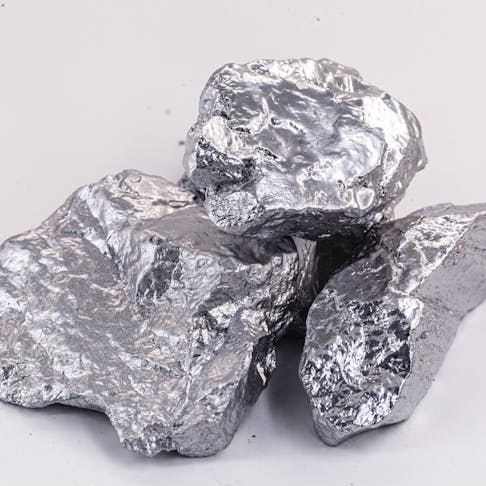When it comes to the toughest materials on Earth, the hardest metals stand out for their incredible strength, durability, and resistance to wear. This list of the top ten hardest metals in the world dives into what makes these elements so special, exploring their unique properties and real world uses. From industries like aerospace and construction to cutting edge technology, these metals play a massive role in shaping our modern lives.
Strength is not just about brute force here, it is also about withstanding extreme conditions like heat, pressure, and corrosion. Curious about which metals make the cut? Think of powerhouses like titanium, tungsten, and chromium, each bringing something extraordinary to the table. Whether you are a science buff or just love learning about the strongest materials around, this rundown of the top ten hardest metals in the world will blow your mind with facts about their toughness and versatility. Stick around to discover how these metals rank, what sets them apart, and why they dominate as the planet’s most resilient elements.
Top Ten Hardest Metal In The World
10. Manganese (Mn)
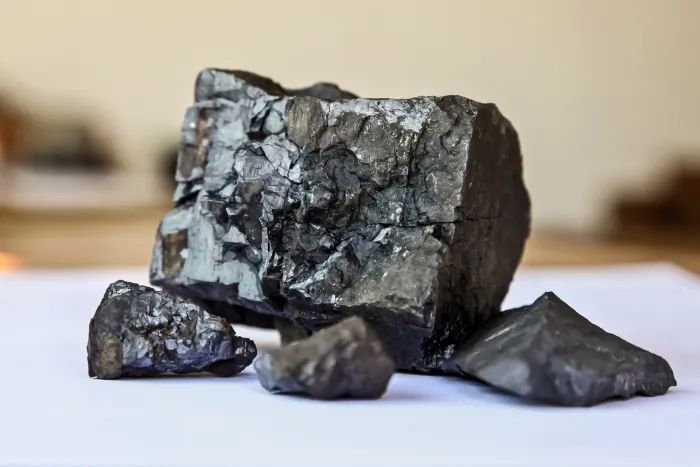
Manganese, with an atomic number of 25, has a Mohs hardness of 6.0, indicating its ability to resist scratching. It melts at 1246°C and has a density of 7.21 g/cm³, making it relatively dense for its hardness. Manganese is essential in steel production, where it increases hardness and wear resistance, often used in high strength, low alloy steel for construction and automotive parts. It also finds applications in batteries, particularly lithium manganese dioxide batteries, and as a component in fertilizers to improve soil conditions. Its role in enhancing alloy properties makes it a cornerstone in metallurgy, though it’s less known for standalone applications due to its reactivity.
9. Titanium (Ti)
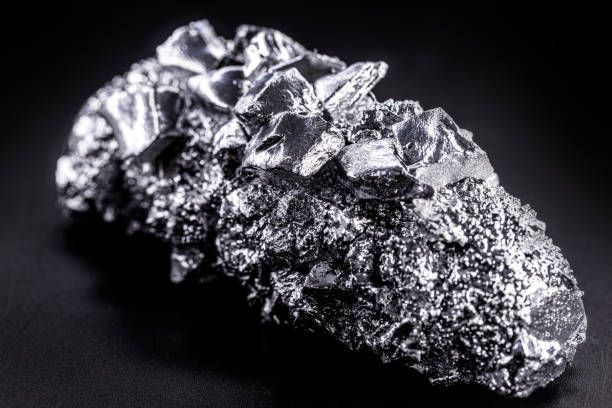
Titanium, atomic number 22, shares a Mohs hardness of 6.0 with manganese but is distinguished by its low density of 4.51 g/cm³ and high melting point of 1668°C. This metal is renowned for its strength to weight ratio, being stronger than steel yet much lighter, and is highly corrosion resistant, even in seawater. These properties make it ideal for aerospace, where it’s used in aircraft frames and engines, and in medical implants like hip replacements and dental implants due to its biocompatibility. It’s also used in sports equipment, such as tennis rackets and bicycles, and as a pigment in paints and plastics, highlighting its versatility across industries.
8. Iridium (Ir)
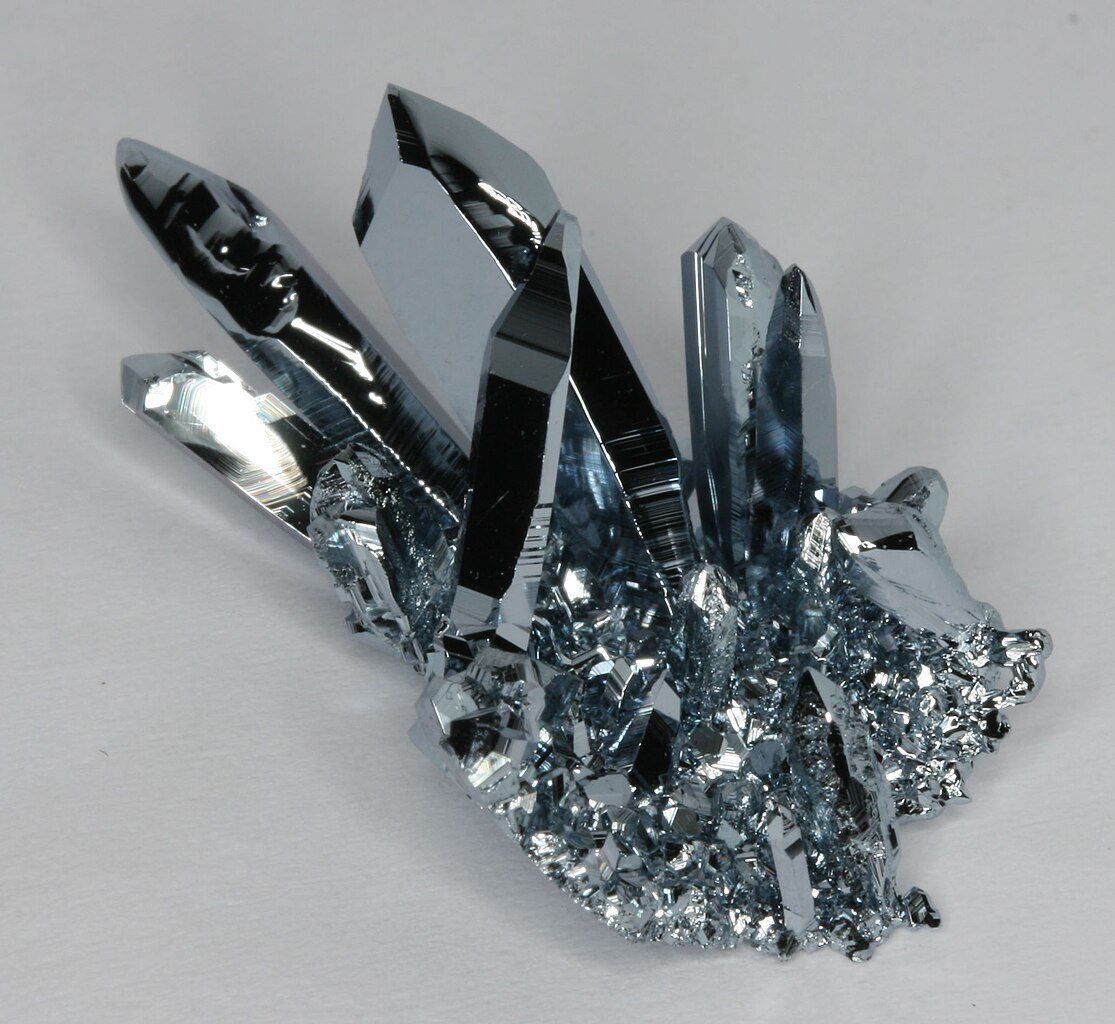
Iridium, with atomic number 77, has a Mohs hardness of 6.5, a melting point of 2446°C, and an exceptional density of 22.56 g/cm³, making it one of the densest metals. It’s part of the platinum group and is the most corrosion resistant metal known, maintaining its integrity even at high temperatures. This makes it suitable for spark plugs, where it ensures longevity under extreme conditions, and for crucibles used in growing crystals for electronics. It’s also used in fountain pen tips and as a hardening agent in platinum alloys for jewelry, showcasing its role in both industrial and decorative applications.
7. Ruthenium (Ru)
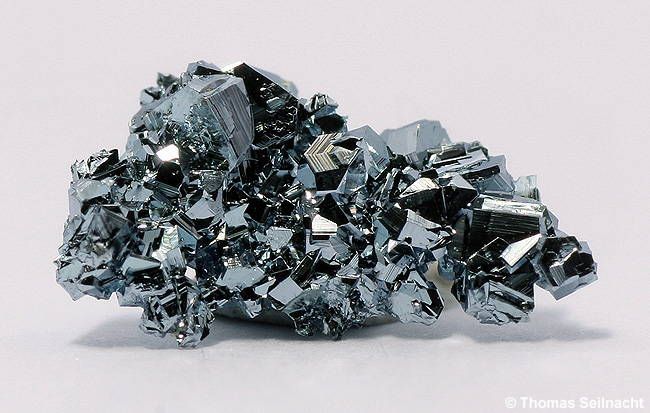
Ruthenium, atomic number 44, also at Mohs 6.5, has a melting point of 2334°C and density of 12.45 g/cm³. It’s a hard, brittle metal with excellent wear resistance and corrosion resistance, particularly at high temperatures. It’s used in electrical contacts due to its conductivity and durability, in hard disk drives for data storage, and as a component in jewelry, often alloyed with platinum to enhance hardness. Its catalytic properties are also utilized in chemical reactions, such as in the production of ammonia, making it valuable in industrial chemistry.
6. Tantalum (Ta)
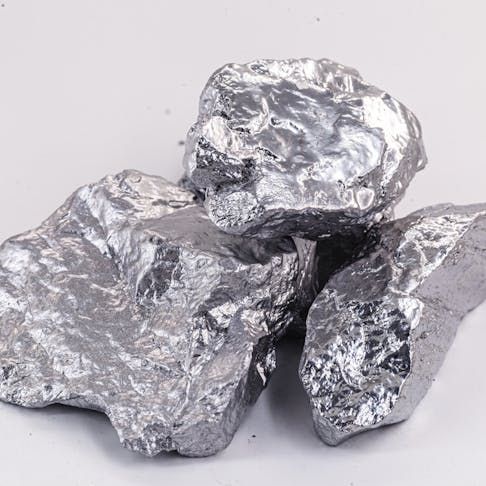
Tantalum, atomic number 73, has a Mohs hardness of 6.5, melting at 3017°C with a density of 16.69 g/cm³. It’s highly resistant to corrosion, even in acidic environments, and is biocompatible, meaning it doesn’t react adversely with body tissues. This makes it ideal for capacitors in electronics, where it ensures reliability, and in surgical implants like pacemakers and bone replacements. It’s also used in chemical process equipment, such as reactors, due to its ability to withstand corrosive substances, highlighting its importance in both medical and industrial fields.
5. Osmium (Os)
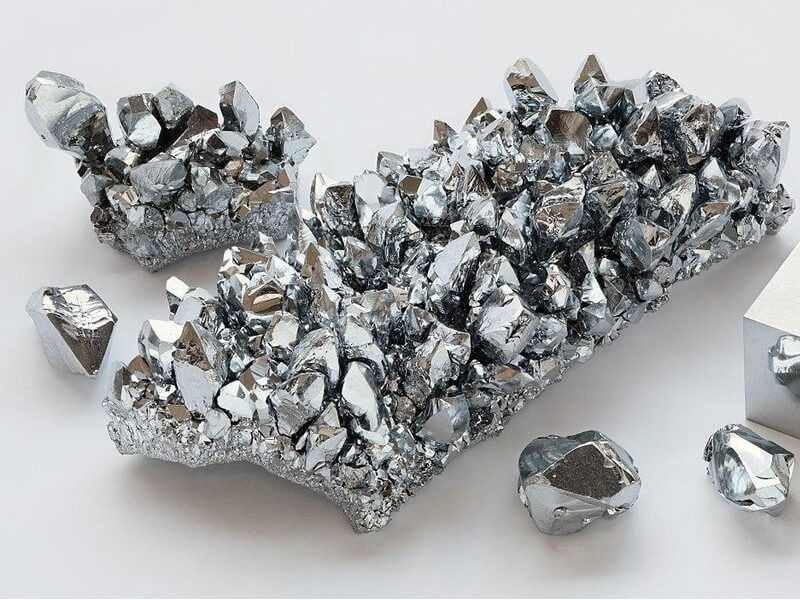
Osmium, atomic number 76, ranks at Mohs 7.0, with a melting point of 3033°C and the highest density of any naturally occurring element at 22.59 g/cm³. It’s extremely hard and brittle, which limits its workability, but it’s used in applications requiring extreme durability, such as fountain pen tips and electrical contacts. It’s also employed as a wear resistant coating and in alloys for high wear environments. Its density makes it useful in radiation shielding, and it’s a component in some catalysts, though its brittleness means it’s less versatile than other metals on this list.
4. Rhenium (Re)

Rhenium, atomic number 75, also at Mohs 7.0, has a melting point of 3186°C and density of 21.02 g/cm³, making it one of the highest melting point metals. It’s highly resistant to wear and corrosion, even at elevated temperatures, and is used in superalloys for jet engines, where it maintains strength under extreme heat. It’s also found in electrical contacts, thermocouples for temperature measurement, and as a catalyst in petroleum refining. Its rarity and high cost limit its use, but it’s critical in aerospace and high temperature industrial applications.
3. Vanadium (V)
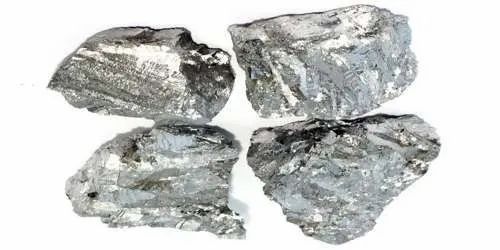
Vanadium, atomic number 23, has a Mohs hardness of 7.0, melting at 1910°C with a density of 6.11 g/cm³. It’s known for enhancing the strength and toughness of steel when added as an alloying element, making it vital for high-strength, low alloy steel used in construction and automotive parts. It’s also used in titanium alloys for aerospace, such as in aircraft engines, and as a catalyst in the production of sulfuric acid. Its corrosion resistance and ability to improve alloy properties make it indispensable in modern engineering.
2. Tungsten (W)
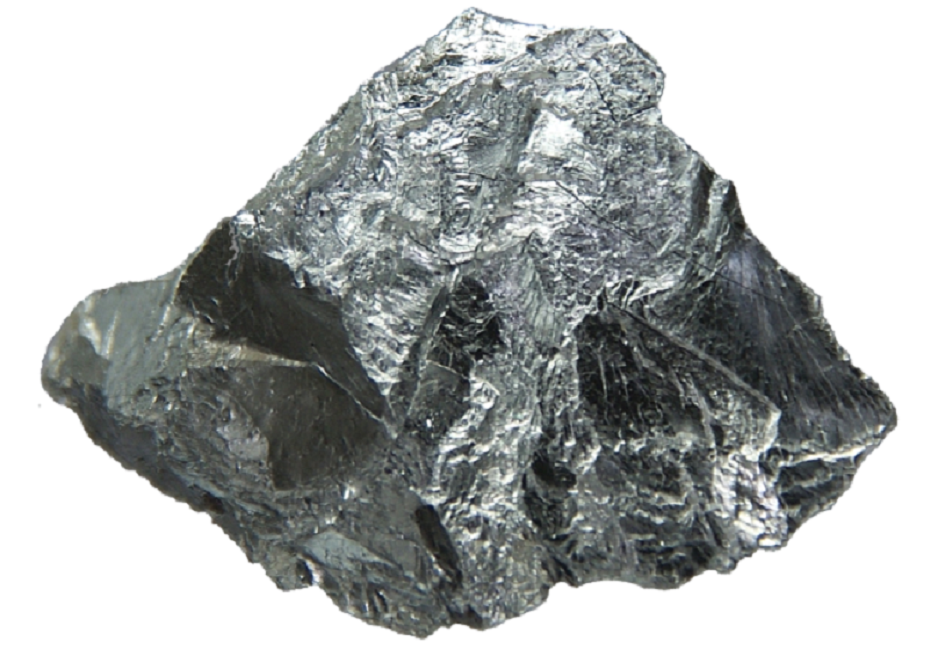
Tungsten, atomic number 74, ranks at Mohs 7.5, with the highest melting point of all metals at 3410°C and a density of 19.25 g/cm³. It’s extremely hard, with excellent thermal and electrical conductivity, making it ideal for light bulb filaments, where it withstands high temperatures without melting. It’s also used in high speed cutting tools, superalloys for aerospace and military applications, and radiation shielding due to its density. Its versatility and extreme properties make it a cornerstone in high-tech industries.
1. Chromium (Cr)
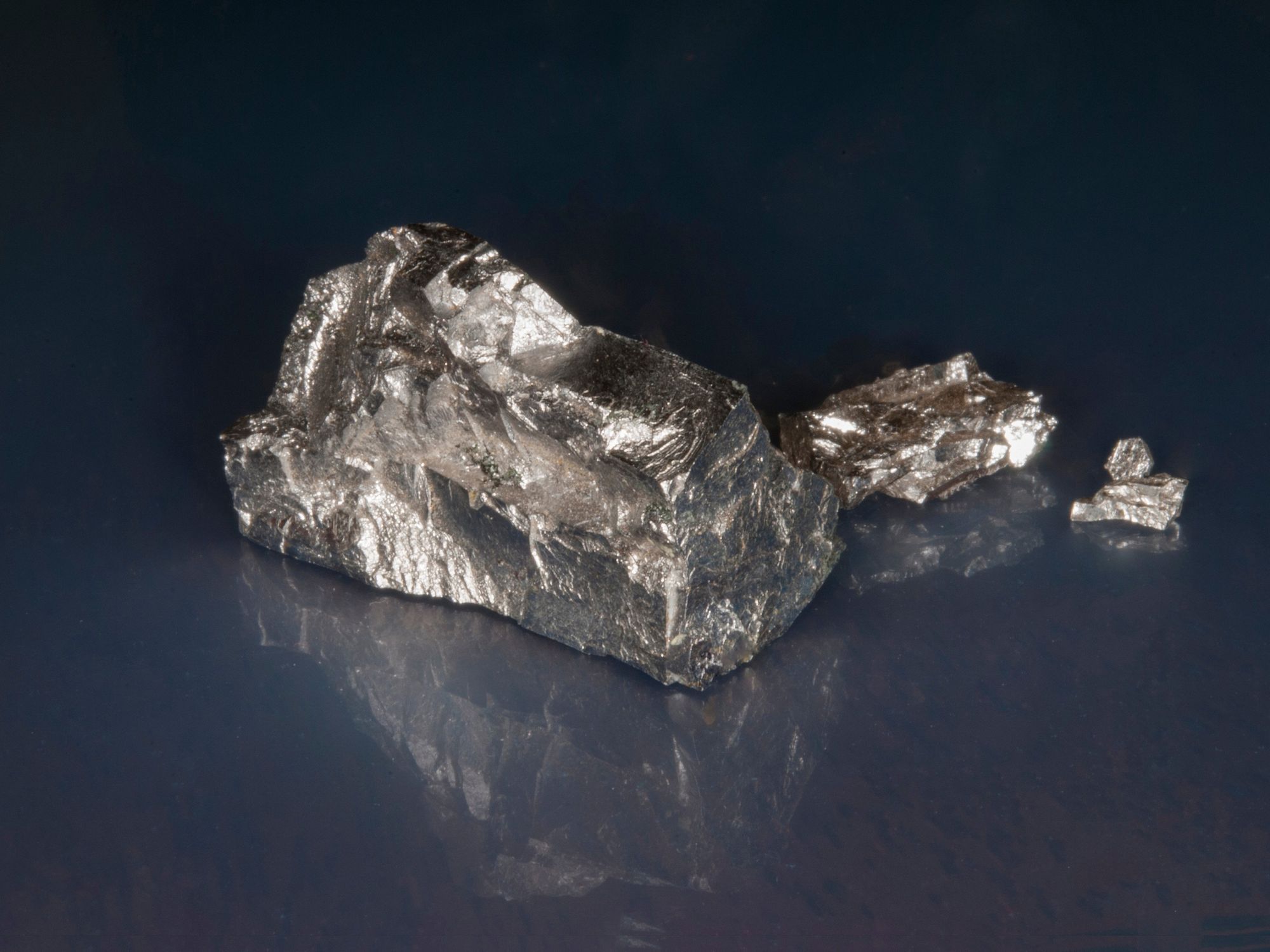
Chromium, atomic number 24, is the hardest at Mohs 8.5, with a melting point of 1907°C and density of 7.19 g/cm³. It’s highly resistant to corrosion, forming a protective oxide layer, and is used in stainless steel (requiring at least 11% chromium) to prevent rusting. It’s also used in chrome plating for decorative and protective coatings and in alloys for aerospace and automotive applications. Its hardness and corrosion resistance make it essential in industries requiring durable, long lasting materials.

